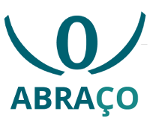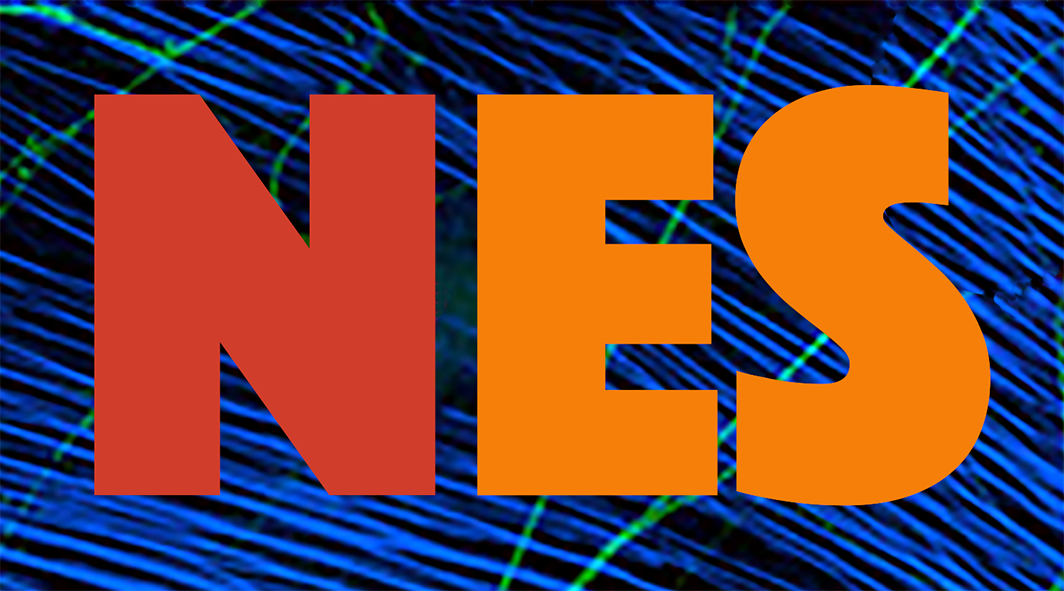
A NeuroMat project group to simulate cortical networks using stochastic models
Dec 21, 2016
During the last NeuroMat workshop, PI Antonio Carlos Roque presented a project on simulating neuronal behaviors associated to the Galves-Löcherbach model. Computational simulation could provide insights on brain dynamics, especially if the simulated models have very large sizes. Postdoctoral researcher Nilton Kamiji and PhD students Rodrigo Pena and César Ceballos are part of this project; Kamiji also presented on neuronal modeling at the NeuroMat workshop.
The goal of the project led by Roque is to simulate models of cortical networks using the stochastic model of Galves-Löcherbach. This goal goes in parallel and complements NeuroMat’s ongoing research project to develop the analytical, mathematical properties of the Galves-Löcherbach model; a recent contribution to this ongoing research project has been Brochini et al (2016). “Because of the system complexity and in order to achieve rigorous mathematical contributions,” said Roque, “it is impossible to include many realistic features in studies of mathematical properties of the model . . . Simulations are of uttermost relevance to test the model in more realistic settings, investigating what kinds of behaviors are generated in a network with stochastic neuron models.” According to him, simulations may be seen as a “test of sufficient realism” of the Galves-Löcherbach model; simulation results will be compared to observed neuronal dynamics.
Initially, Roque’s team expects to build large-size simulations of models of neuronal stochastic networks to identify patterns of activity in these simulated networks, comparing them with what one would find in humans and animals in states of spontaneous and evoked activity. The networks that are expected to be built for simulations would involve a minimum of a hundred thousand neurons, incorporating structural, hierarchical elements of brain organization. A hypothesis is that it will be possible to identify synchronous patterns of activity in the network, as if there were neuronal assemblies. This could shed light on how brain learning and processing occurs.
In order to rely on the Galves-Löcherbach model for simulations Roque and his team had to specify a process for determining spiking probability. This specific determination is not necessary for analytical developments of the Galves-Löcherbach model, to the extent that is sufficient to bring onto the model general features; in the case of simulations, a specific spiking probability is necessary to assess neuronal behavioral dynamics.
In the long run, simulation may also be a field for testing hypotheses on the "statistician brain," the NeuroMat conjecture on how the brain retrieves statistical regularities from stimuli. This conjecture was the object of several presentations at the workshop in November, especially on the 24th. Simulations might provide a clue on the neural mechanism that is associated to experimental evidences that have been found on this conjecture, particularly Duarte et al (2016). The question that the team led by Roque expects to engage with in the long run concerning the “statistician brain” is complementary to providing evidences to support the “statistician brain” conjecture: “given that the brain retrieves statistical regularities from stimuli as the NeuroMat research team has identified, what are the neuronal network mechanisms that make it happen?” An immediate concern for this kind of simulation is how big the network should be; a hypothesis on this matter is that the mechanisms would be related to the interaction between low-level cortical processing, that is, processing that occurs in the initial cortical areas that receive sensory stimuli from the periphery, and high-level cortical processing, that is, processing that occurs in upstream cortical areas that do not receive sensory input from the periphery.
"Simulations of cortical network models made of stochastic spiking neurons" by Antonio Carlos Roque
"The Potjans-Diesmann local microcircuit model using different neuron classes for excitatory and inhibitory neurons" by Nilton Kamiji
This piece is part of NeuroMat's Newsletter #35. Read more here
Share on Twitter Share on Facebook| NeuroCineMat |
|---|
|
Featuring this week: |
| Newsletter |
|---|
|
Stay informed on our latest news! |
| Follow Us on Facebook |
|---|




